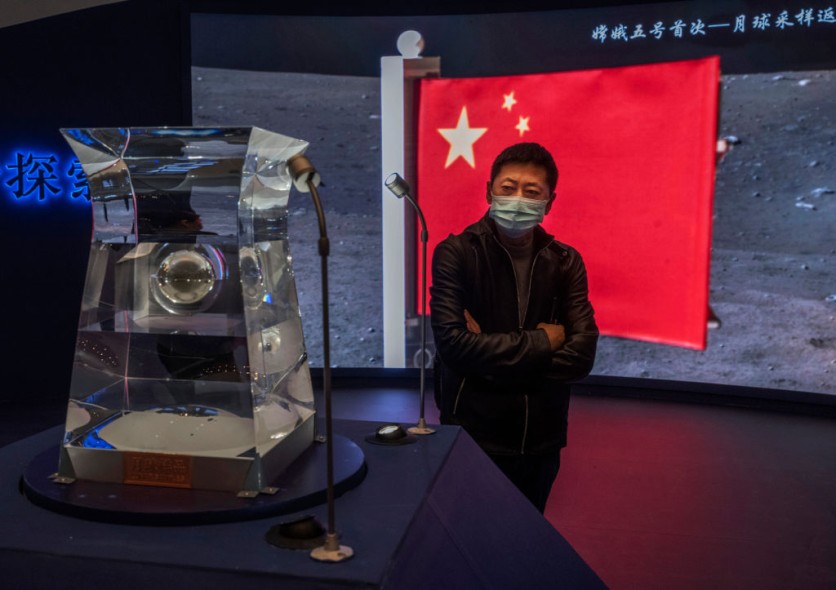China's Chang'e 5 rover found tiny glass beads that contain water on the moon, according to Engadget. The samples were collected from a 2020 mission and the beads have high-water content-as high as 2,000 parts per million.

The Prevalence of Glass Spheres on the Lunar Surface
There are many of these glass spheres on the lunar surface that is sufficient enough to deliver 71 trillion gallons of water. Some of the beads were formed when asteroids collied with the Moon millions of years ago, while the others come from ancient volcanoes.
Scientists believe that the water came from a chemical reaction when hydrogen ions emitted from the sun and is combined with oxygen atoms inside the beads.
The beads are tiny but there are enough on the Moon's surface that can supply around 270 trillion kilograms of water.
The Problem Is...
The challenge here is that there is no final method yet to extract them. Scientists would need to heat them to around 212 degrees Fahrenheit to extract water.
Should they be able to come up with a method to extract them soon, the tiny beads can be used for future lunar settlements. For example, the astronauts can use the water for drinking, bathing, cooking, cleaning, and more.
Also Read: China Chang'e 5 New Moon Water Discovery Can Help Create Permanent Human Presence
Other Moons May Have Similar Beads
Scientists believe that other moons in the solar system have similar tiny beads. The presence of water in impact glass beads is consistently seen with the remote detection of water at lower-latitude regions of the Moon, Vesta, and Mercury.
This isn't the first time that the beads have been found on the Moon. In 2009, NASA crashed a probe into the Cabeus crater, which led to water detection. Also, in 2018, NASA found direct evidence of ice deposits in the Moon's permanently shadowed craters on its north and south poles.
Water on the Moon for Future Lunar Explorations
Recent discoveries by NASA have revealed that there is water on the Moon, which could have significant implications for future lunar explorations. The water is believed to exist in the form of ice in the permanently shadowed regions of the Moon's poles.
Water can be split into hydrogen and oxygen through a process called electrolysis, which can be used as fuel for rocket propulsion. This could enable future lunar missions to refuel on the Moon, reducing the need for costly resupply missions from Earth.
The discovery of water on the Moon could enable future lunar missions to sustain human life for longer periods. Water can be used for drinking, food production, and hygiene.
Also, this is a significant breakthrough that could have far-reaching implications for future lunar explorations. Water can be used as fuel, sustenance, and for scientific research, and it could even lead to commercial opportunities in the future.
As we continue to explore the Moon, the discovery of water will undoubtedly play a crucial role in our efforts to establish a permanent human presence on the lunar surface.
Related Article: China's Chang'e-5 Mission Moon Rock Sample Shows New Lunar Mineral-A Breakthrough in Mineralogy Research

ⓒ 2025 TECHTIMES.com All rights reserved. Do not reproduce without permission.



